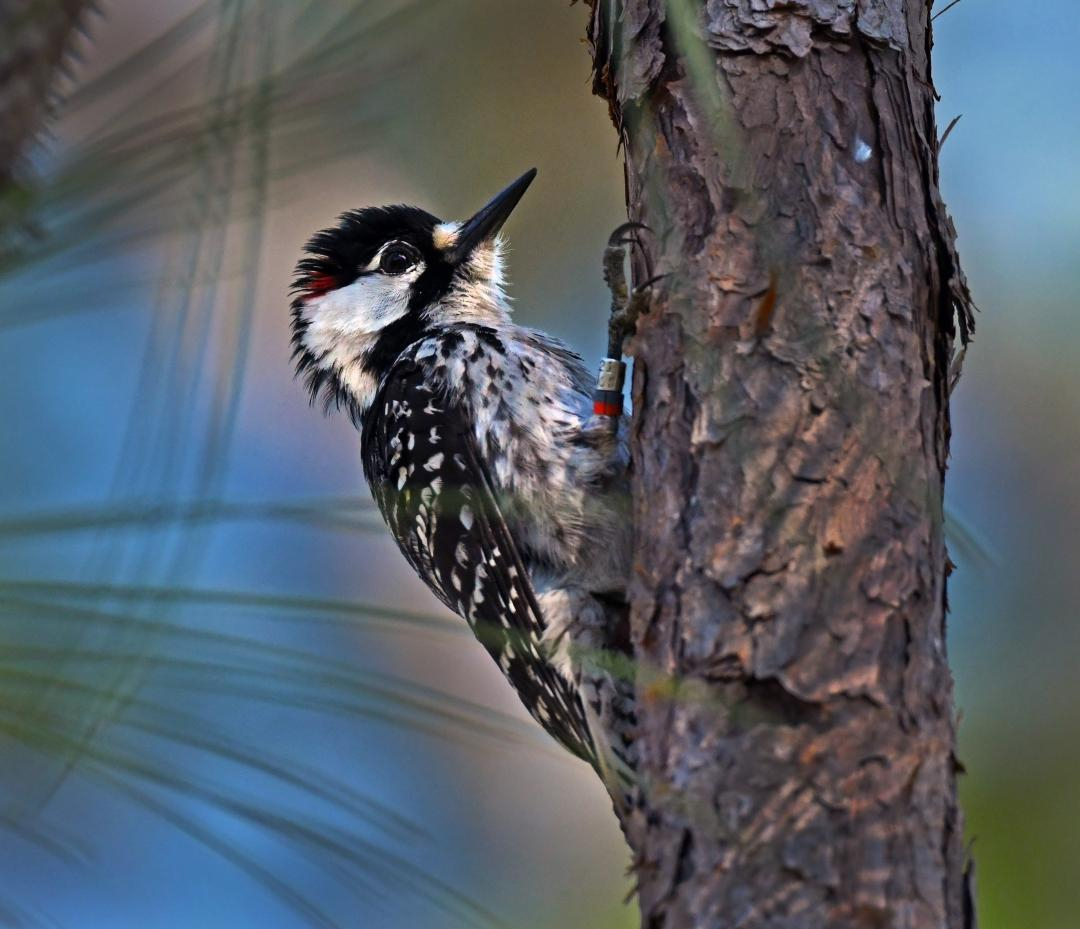"The reintroduction of the red-cockaded woodpecker is a landmark achievement for our great state,” said Jason Maxedon, executive director of the Tennessee Wildlife Resources Agency. “This effort reflects our agency’s deep commitment to restoring native species and the ecosystems they depend on. It’s a testament to what’s possible when state and federal partners work together with a shared vision for the future of our natural heritage."
The RCW project started through TDEC’s restoration of land in the Savage Gulf State Natural Area to protect the federally threatened white fringeless orchid. The project quickly expanded to include RCWs after biologists realized the large tracts of land could potentially support the RCW. Federal and state funding were used to initiate habitat restoration on approximately 1,200 acres. The reintroduction process is multifaceted and involves not only land restoration but also the acquisition of RCWs from other states through a federal process. All agencies involved have a completion goal and release of RCWs in 2028.
"Restoring the habitat in the Savage Gulf State Natural Area is another example of Tennessee leading the nation in balancing effective conservation and economic growth,” said TDEC Commissioner David Salyers. "In Tennessee, we care about protecting God's creation — what is authentically, Tennessee — and people love living here and want to move here because they can enjoy places like Savage Gulf and the creatures that inhabit the land."
Restoring lands and ecosystems reflects the commitment and pride Tennesseans have to the natural world. Known as one of the most biologically diverse inland states, Tennessee can look forward to adding a species back. Those wishing to support or learn more about the project can visit the partnership webpage.
David Hanni, bird conservation biologist with TWRA, said, “The goal of bringing back a species is a career highlight for many of us. Typically, when a wildlife species is lost, it is too lofty of a task to restore all the pieces needed to bring it back. This restorative work through unparalleled partnership is something we can all celebrate and find pride in.”
USFWS RCW specialist John Doresky: “Some don’t understand the significance of restoration. The analogy of a house that has partially collapsed is a relative comparison. Some things can still thrive in the house; mice, insects, and a cat can find shelter. Flowers can grow through cracks, and water is still available for use. However, a main character meant for the house is missing. This partnership is bringing back the main character in this ecosystem.”
